2015 Honda CBR1000RR SP Review
A great bike in its own right
This is a difficult position to be in for both me and Honda. We’ve a superbike shootout pitting the CBR1000RR SP against the likes of newer, technological-laden weapons from Aprilia, BMW, Ducati, Kawasaki and Yamaha, where the CBR is predisposed not to win that competition. But yet I’m about to give the bike a fairly glowing review with an individual score that may be higher than its shootout score.
2015 Honda CBR1000RR SP
| Engine | 17.5/20 |
| Suspension/Handling | 14.0/15 |
| Transmission/Clutch | 8.75/10 |
| Brakes | 9.75/10 |
| Instruments/Controls | 4.5/5 |
| Ergonomics/Comfort | 8.0/10 |
| Appearance/Quality | 9.5/10 |
| Desirability | 7.5/10 |
| Value | 4.0/10 |
| Overall Score | 83.5/100 |
How’s this possible? Let’s clarify that this a street test conducted within the bubble of a single-bike review judging the Honda on its own merits. That being said, and having ridden most of the bikes in our forthcoming superbike shootout, I’ll wager the Honda holds its own against the others.
I have to admit that not having all the technological distractions with which most superbikes are equipped was a refreshing experience. Just hop on, maybe adjust the levers and mirrors, and off you go – no power modes, TC, launch control or other settings to check or change. From there on the Honda’s flagship superbike provides a riding experience that can best be described as pure.
What Makes A 2015 CBR1000RR An SP Model?
- 43mm Öhlins NIX30 inverted fork, fully adjustable
- Unit Pro-Link Öhlins shock, fully adjustable
- Brembo M4 front brakes with four-piston calipers and 320mm floating rotors
- Pirelli Diablo Supercorsa SC tires
- Lightweight subframe
- Solo seat cowl
- New cylinder head, intake tract, and exhaust system
- Special pistons and connecting rods
- New handlebar positioning and relocated footpegs
- Bubble windscreen
- Repsol paint scheme in choice of Marc Marquez or Dani Pedrosa numbers
When we last strapped a non-SP CBR1K to a dyno it produced 144.3 hp at 10,400 rpm and 74.6 lb-ft at 7500 rpm. With the SP’s hand-selected pistons and connecting rods (for complementary balance and weight), as well as an improved cylinder head, intake and exhaust tracts since our last dyno run, the SP should be outputting at least minimally more power. We’ll follow up with full dyno numbers in our shootout. I’m happy to report that the prevalence of TC elsewhere hasn’t dulled my ability to control this amount of power with only my brain and wrist.
The 999cc inline-Four mill powering the CBR1000RR SP is virtually vibe-free save some minor seat tingling found mostly in the mid-range. Power off the very bottom isn’t the engine’s strong point, but once out of the basement the CBR rushes forward with no discernible flat spots. Throttle manipulation is also pretty spot-on without the abruptness sometimes associated with fuel-injected bikes.
The 43mm fully adjustable inverted Öhlins fork and TTX shock are the stars of this SP show. Massaged and valved to Honda’s specifications, the units provide the kind of suppleness and control only expensive, top-shelf suspension units can. In their stock settings on the street there’s not much, if anything, to complain about. Once we get the CBR on the track, we’ll see just how well these Öhlins units stack up against the suspensions of the other participants.
Since we last tested the CBR1K, Honda revised its seating position by moving the footpegs 10mm rearward, and the clip-ons angled five degrees lower and spread out five degrees more. While this doesn’t enhance its level of streetable comfort, it should result in better ergonomics for track riding. The seat’s also said to be a little firmer than it was before, but without an older model with which to compare, it’s impossible to know for sure. However, the seat didn’t seem necessarily hard, as neither me nor photographer-along-for-the-ride, Evans Brasfield, noted any complaints about seat rigidity.
With all the talk of the CBR’s barren wardrobe of technology, it should be noted that the bike does come equipped with a slipper clutch. It’s a welcome rider aid that helps during aggressive street riding, but it’ll be appreciated even more when circulating at track speeds where aggression level are higher than those on the street.
+ Highs
- Faster than the RC213V-S
- Purity of performance
- Awesome for Marquez and Pedrosa fans
– Sighs
- Technologically uncompetitive
- More expensive than a YZF-R1
- All-around outdatedness
For all those purists out there, the 2015 CBR1000RR SP, or it’s non-SP stablemate, may be your last chance to purchase a brand new literbike without all the techno gadgetry. And while the CBR may be a tough sell against the likes of Yamaha’s R1 and its technological arsenal, you can look at it as the CBR1000RR SP costing $166,701 less than the RC213V-S while putting out around 60 extra horsepower.
| 2015 Honda CBR1000RR SP Specifications | |
|---|---|
| MSRP | $17,299 |
| Engine Capacity | 999cc |
| Engine Type | liquid-cooled inline four-cylinder |
| Bore x Stroke | 76mm x 55.1mm |
| Compression | 12.3:1 |
| Fuel System | Programmed Dual Stage Fuel Injection (PGM-DSFI) with 46mm throttle bodies, Denso 12-hole injectors |
| Transmission | Close-ratio six-speed |
| Final Drive | #530 O-ring-sealed chain |
| Frame | Twin-Spar Aluminum |
| Front Suspension | 43mm Ohlins inverted fork with spring-preload, rebound and compression damping-adjustability |
| Rear Suspension | Unit Pro-Link Ohlins Shock with spring-preload, rebound and compression-damping adjustability |
| Front Brakes | Brembo four piston calipers with floating 320mm dual discs |
| Rear Brakes | Single piston caliper 220mm disc |
| Front Tire | 120/70ZR-17 radial |
| Rear Tire | 190/50ZR-17 radial |
| Seat Height | 32.2 in. |
| Wheelbase | 55.5 in. |
| Rake/Trail | 23.0°/96.0mm (3.7 in.) |
| Curb Weight | 440.9 lbs. (claimed) |
| Fuel Capacity | 4.6 gal. |
| MPG | 37.1 MPG |
| Colors | Repsol Champion Special |
| Warranty | Transferable one-year, unlimited-mileage limited |
A former Motorcycle.com staffer who has gone on to greener pastures, Tom Roderick still can't get the motorcycle bug out of his system. And honestly, we still miss having him around. Tom is now a regular freelance writer and tester for Motorcycle.com when his schedule allows, and his experience, riding ability, writing talent, and quick wit are still a joy to have – even if we don't get to experience it as much as we used to.
More by Tom Roderick





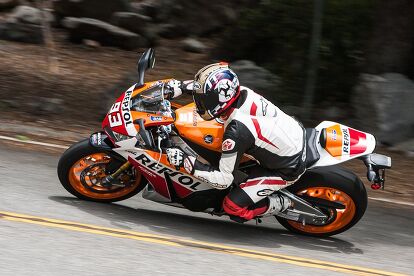


















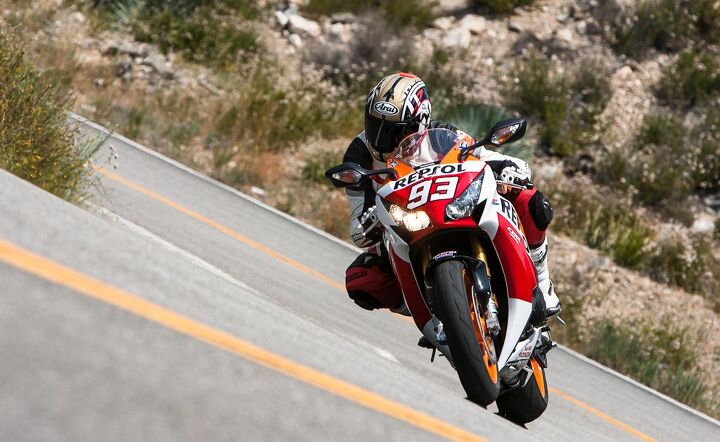
























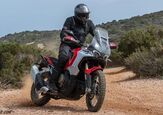




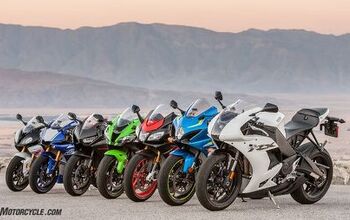

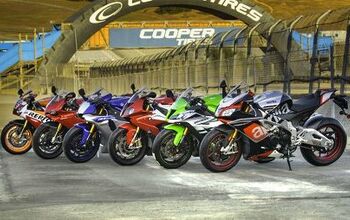
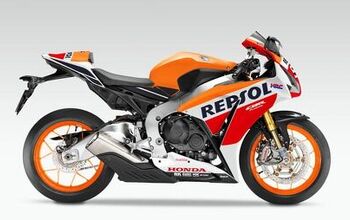





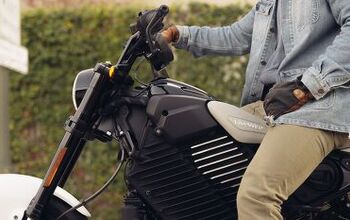




Comments
Join the conversation
Yet, it still wins races, including the IOM TT Senior. Honda has overpriced and mis- marketed it, not unlike their other bikes.
Pointless...not used for homologation, far out of reach for 99% of population, and even those with money would find limited use for such a statement. This is going to go the way of the Ducati Desmosedici. Perhaps in 5 yrs some of this tech will trickle down to their revised CBR1000, but even then other manufacturers will be far ahead of Honda in terms of tech. Honda is much too conservative for their own good...